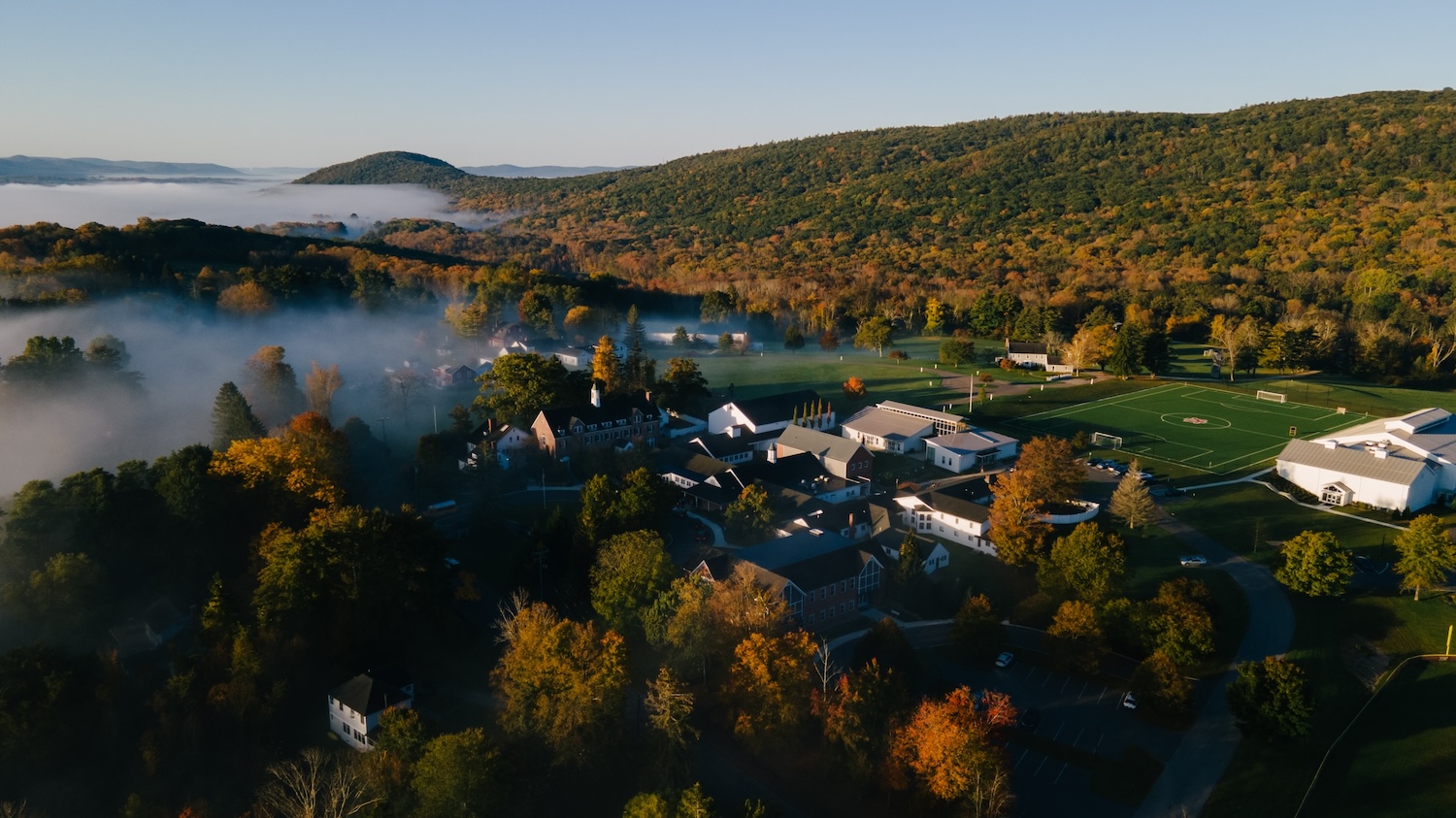2nd Grade

The second grade school year begins with the review and practice of skills presented in earlier grades. Material that may have challenged the students at the end of their first grade experience will now be patiently mastered.
Second grade is a time to apply the children’s understanding of letters and numbers to the development of their independent reading and their analytical, mathematical thinking. Their developing ability to listen and speak clearly supports the growth of their organization, focus, and most importantly, their confident and effective communication skills.
Second grade scholars work to become accurate, fluent, and expressive readers. They process information more rapidly and make connections to new concepts quickly. Each second grader is taught to use an expanding and more sophisticated vocabulary to discuss people, places, actions, ideas, and events. The literal and inferential comprehension of materials is developed through direct instruction. The children’s experience with a wide variety of quality narrative and non-fiction literature, in groups and as individual readers, presents opportunities for the practice of phonics and reading strategies appropriate to their ability. Second grade readers develop an appreciation and an affinity for literature that encourages them to read often and independently from several genres.
As writers, the students work with lessons that explore writing for different purposes and specific audiences. The second graders craft expository pieces and narratives that are guided by the steps of the writing process; plan, draft, conference, revise, edit, and publish. At the second grade level, the students master the conventions of language usage and grammar through direct instruction, lessons that are integrated in their writing across the curriculum. The writing instruction cultivates the second grader’s confidence as authors of clear, concise, coherent, and creative self-expression.
Mathematics in the second grade emphasizes place value, word problems, reasonable thinking, patterns, estimation, probability, measurement, time, and money. The students practice addition and subtraction facts to become more proficient with their computational skills. The second grade students extend that understanding to develop their number sense and the ways in which mathematics works in their world. The students come to see and understand the meaning behind the symbols and algorithms. Moving from the concrete to the abstract, they make connections between complex concepts, articulating their process as they work with numbers far greater than those they can physically count.
In both science and social studies the second graders utilize research and observation to increase their knowledge of their world. Students study the people and places that come together to make the State of Connecticut unique. They build upon their earlier studies of family and community and apply that understanding towards a deeper appreciation of the rules and obligations of citizenship and the responsible use of regional resources.
Some of the materials used over the course of the second grade school year are; Houghton Mifflin Math, Wordly Wise Book A, Curriculum Associates’ Language Skills Book B, Steck-Vaughn Spelling, and from Great Source, Write Away.
Comments
There are no comments yet. Be the first to add something!